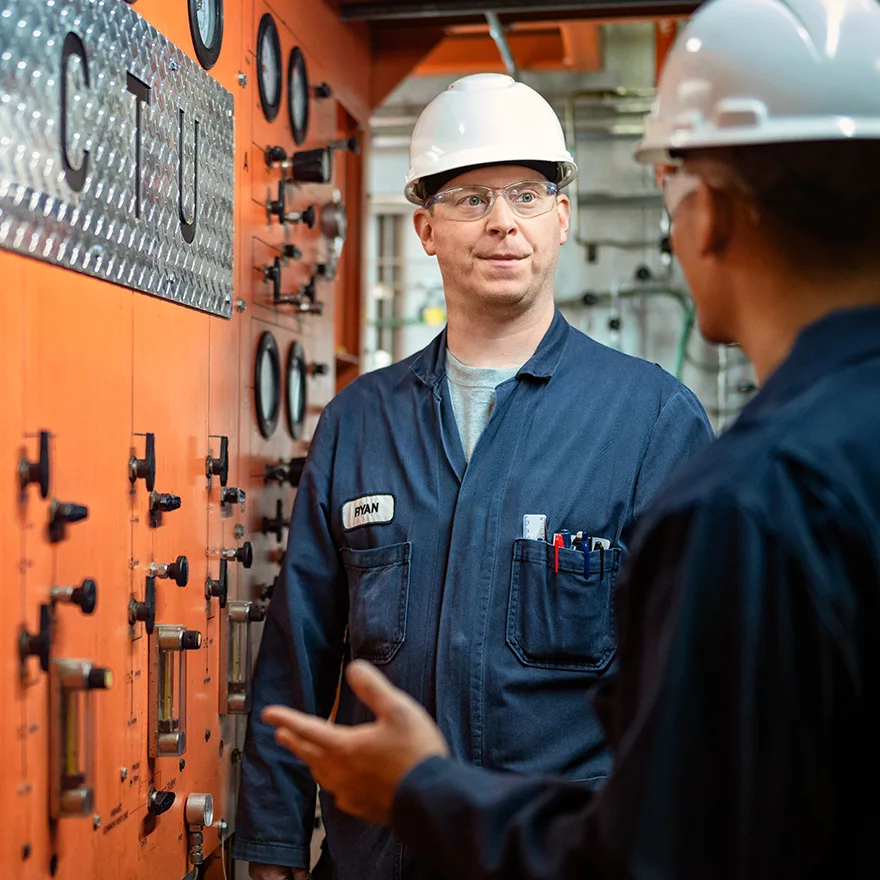Calgary – Kendall Dilling, Interim Director of the Oil Sands Pathways to Net Zero Alliance issued the following statement in response to the investment tax credit for carbon capture, utilization and storage (CCUS) projects announced in today’s federal budget:
“The Pathways Alliance welcomes today’s formal announcement of an investment tax credit for CCUS projects for industries across Canada. Based on our initial assessment, this is a positive step in our efforts to work collaboratively with governments to help Canada achieve its climate goals and ensure our country can be the world’s preferred supplier of responsibly-produced oil.
“Climate change is a critical challenge of our time, and our industry has an essential role to play in helping our country achieve a sustainable future, including through the use of CCUS technology.
“With this announcement, the federal government has recognized the importance of developing new technologies to help Canada fight climate change, as well as the importance of the oil sands to our country’s energy security. Our CCUS project alone could reduce carbon dioxide emissions by 10 megatonnes per year by 2030.
“We will be carefully reviewing the implementation details of the tax credit to learn how it can be applied to help us advance our unprecedented plan to achieve meaningful emissions reductions by 2030 and ultimately our goal of net zero emissions from oil sands operations by 2050.
“The tax credit is an essential part of a supportive and nimble fiscal and policy framework that is required for our industry to proceed with our foundational carbon capture, transportation and storage network.
“We look forward to next steps such as moving forward with our application to the Government of Alberta to secure underground space in the Cold Lake region to safely and permanently store CO₂.
“If we want Canada to be a world leader in reducing emissions through carbon capture, we need to ensure our industry can remain competitive with other oil and gas producing jurisdictions around the world.
“Because of the amount of long-term capital investment required to build carbon capture and storage infrastructure, and the speed we need to move at to meet 2030 targets, the countries that are doing this successfully are all using a collaborative model where governments are co-investing alongside industry.
“As recent geopolitical tensions have shown, there is a vital need to ensure greater security and stability of the world’s oil supply, for as long as it is needed. And it’s important that the world transition to oil produced sustainably by stable, democratic countries that are committed to addressing climate change.
“By the end of the decade, the alliance has the potential to generate approximately 35,000 jobs in construction and clean tech, protect 25,000 to 35,000 existing jobs, and add another 1,000 permanent jobs to support our low-emissions facilities compared to a do-nothing scenario.
“A healthy, sustainable oil sands industry, that is able to make meaningful emissions reductions, could contribute an estimated $3 trillion to the Canadian economy over the next 30 years.”

Our people, their stories
Passionate, dedicated people are behind every innovation and every step forward.